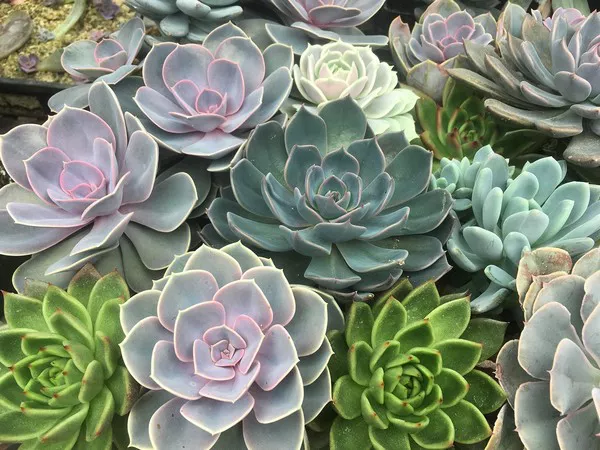Succulents have captured the hearts of gardeners and enthusiasts alike with their unique shapes and water-storing abilities. These hardy plants are known for their ability to thrive in arid conditions, making them popular choices for indoor and outdoor gardens. However, even though succulents are relatively low-maintenance, understanding their moisture needs is essential for their health and vitality. A moisture meter is a valuable tool that can help you accurately assess the hydration levels of your succulents and ensure they receive the right amount of water. In this article, we will explore the intricacies of using a moisture meter for succulents and offer insights into related care practices.
Understanding Succulent Watering Needs
Succulents are adapted to survive in environments with limited water availability. Their thick, fleshy leaves and stems serve as reservoirs for storing water, allowing them to withstand periods of drought. Overwatering is one of the most common mistakes made by succulent enthusiasts, as it can lead to root rot and other health issues. On the other hand, depriving succulents of water for extended periods can cause them to become stressed and lose their vibrant appearance.
The Key Role of a Moisture Meter
A moisture meter is a small, handheld device that measures the moisture content of the soil around your succulents. It consists of a probe that you insert into the soil, and the device provides readings that indicate whether the soil is dry, moist, or wet. This information empowers you to make informed watering decisions and avoid the pitfalls of overwatering or underwatering.
Using a Moisture Meter: Step-by-Step Guide
Using a moisture meter for your succulents is a straightforward process that involves a few simple steps:
1. Choose the Right Moisture Meter: Select a moisture meter specifically designed for plants. There are various types available, including analog and digital meters. Digital meters often provide more precise readings and are easier to interpret.
2. Test the Soil: Insert the probe of the moisture meter into the soil near the base of your succulent. Be careful not to damage the roots. Make sure to insert the probe at a slight angle to avoid air gaps around it.
3. Read the Results: After a few seconds, the moisture meter will provide a reading on a scale that indicates the moisture level of the soil. The scale typically ranges from “dry” to “wet.”
4. Interpret the Reading: Different succulent species have varying moisture requirements. Generally, succulents prefer to dry out between waterings. If the meter indicates that the soil is still moist or wet, it’s best to hold off on watering. If the reading shows dry or nearly dry, it may be time to water your succulent.
Additional Tips for Successful Use
While using a moisture meter is relatively straightforward, there are a few additional tips that can enhance its effectiveness:
1. Multiple Readings: Test the soil in different areas around the succulent’s root zone to ensure you get a comprehensive understanding of the moisture distribution.
2. Depth of Probe: Insert the probe deep enough to reach the root zone, as surface moisture may differ from the soil’s moisture at root level.
3. Adjust for Seasonal Changes: Recognize that succulents’ watering needs can vary based on the season. During the growing season, they may require more frequent watering, while they can tolerate drier conditions during their dormant period.
Complementary Care Practices
Using a moisture meter is a valuable tool, but it’s essential to combine this approach with other succulent care practices to ensure optimal growth and health:
1. Well-Draining Soil: Plant your succulents in well-draining soil mixes that prevent water from pooling around the roots, reducing the risk of root rot.
2. Adequate Sunlight: Place your succulents in areas that receive ample sunlight. This helps them utilize water efficiently and prevents excessive moisture retention.
3. Pot Selection: Choose pots with drainage holes to prevent water from accumulating at the bottom of the pot.
4. Observation: Regularly inspect your succulents for signs of dehydration or overwatering, such as shriveled leaves or yellowing. Adjust your watering frequency based on these visual cues.
Conclusion
Succulents are captivating plants that demand a delicate balance of care. With their unique water-storing adaptations, they thrive in conditions that might be challenging for other species. A moisture meter is a tool that empowers you to accurately gauge your succulents’ hydration levels, helping you avoid the common pitfalls of overwatering and underwatering. By mastering the art of using a moisture meter and integrating it with well-draining soil, proper sunlight exposure, and attentive observation, you can provide your succulents with the optimal environment they need to flourish. With the right care, your succulents will continue to be a source of beauty and fascination for years to come.


